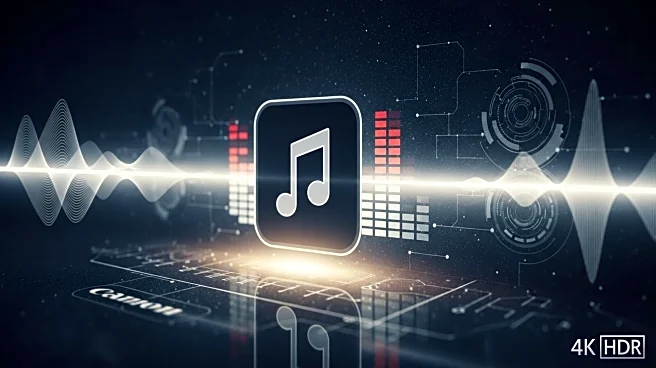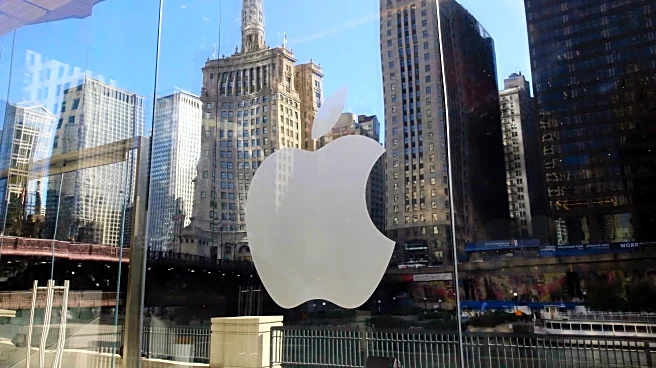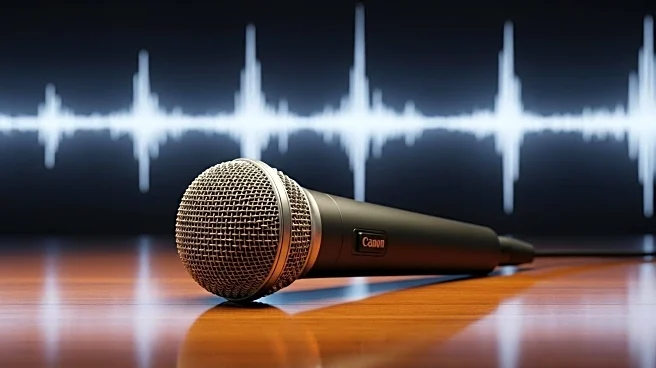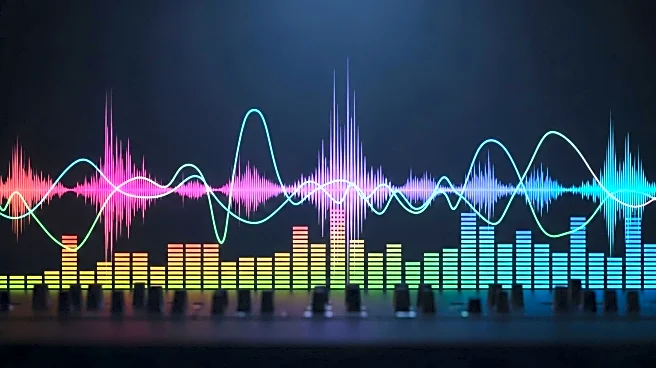What's Happening?
Spotify has launched its long-awaited Lossless audio feature, offering a higher quality listening experience for its users. This new feature streams audio at approximately 2,280kbps, significantly higher than the current maximum of 320kbps available to Premium subscribers. However, to fully benefit from this feature, users must meet specific criteria, including having a Hi-Res phone and headphone pairing that supports high-quality Bluetooth codecs like LDAC or aptX Lossless. Additionally, users need a robust data plan, as Lossless streaming can consume up to 1GB of data per hour. The feature is available in 50 supported markets, and users are encouraged to ensure their equipment and data plans can handle the increased demands of Lossless streaming.
Why It's Important?
The introduction of Lossless audio by Spotify marks a significant step in the streaming service's efforts to enhance audio quality for its users. This move could potentially attract audiophiles and users who prioritize sound quality, setting Spotify apart from competitors. However, the requirement for specific hardware and data capabilities may limit the feature's accessibility, potentially affecting its adoption rate. The increased data consumption associated with Lossless streaming could also impact users' data plans, leading to higher costs. This development highlights the ongoing evolution of music streaming services as they strive to balance quality with accessibility and cost.
What's Next?
As Spotify rolls out its Lossless feature, the company may face challenges in educating users about the necessary equipment and data requirements. The success of this feature will likely depend on how well Spotify can communicate these needs and whether users are willing to invest in compatible devices and data plans. Additionally, the company may explore partnerships with hardware manufacturers to promote devices that support Lossless streaming. The response from competitors could also influence Spotify's strategy, potentially leading to further innovations in audio quality and streaming technology.











